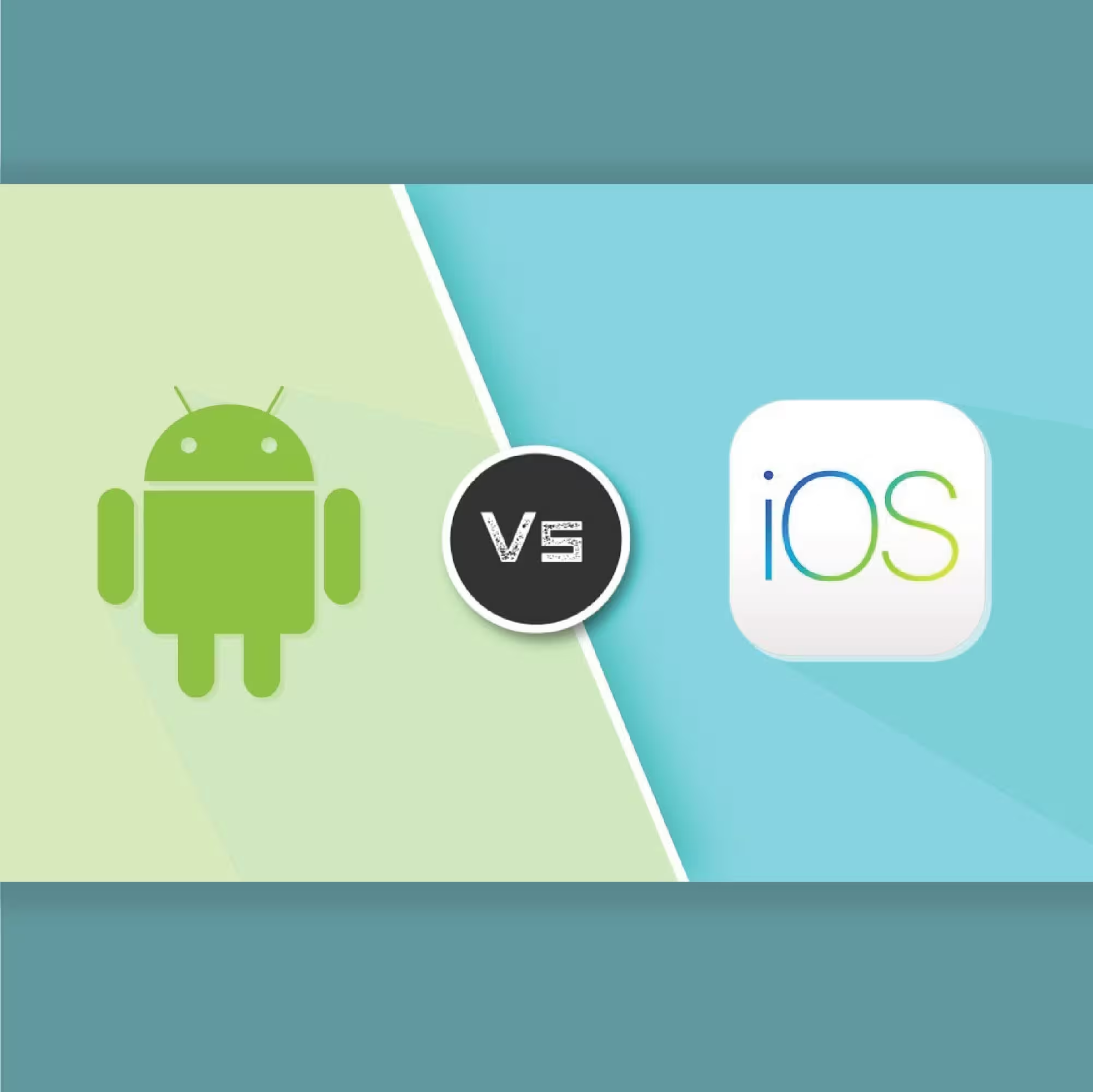Mobile Application Development: Differences Between Android and iOS and Best Practices
Differences Between Android and iOS
Mobile application development is one of the fastest-growing fields in technology, with a continuous increase in demand for smartphone applications. Android and iOS are the most popular and widely used operating systems, each with its unique features and challenges. In this article, we will explore the differences between Android and iOS application development and the best practices to ensure successful and efficient mobile application development. Differences Between Android and iOS A. Programming Language: Android: Java is primarily used for developing Android applications, although Kotlin has become the preferred language for many developers due to its simplicity and full compatibility with Java. iOS: Swift is the primary language for developing iOS applications, developed by Apple to be safer and easier compared to the older Objective-C language. B. Development Environment: Android: Android applications are developed using the Android Studio integrated development environment, which provides powerful tools for writing code, debugging, and testing applications. iOS: iOS applications are developed using Xcode, the official environment from Apple that offers advanced features for developing, debugging, and testing applications. C. Design and User Experience: Android: Android application design follows Google’s Material Design guidelines, which focus on simplicity and ease of use. iOS: iOS application design follows Apple’s Human Interface Guidelines, which emphasize an attractive and flexible user experience. D. Distribution and Publishing: Android: Android applications can be published on the Google Play Store, as well as other stores like Amazon Appstore, allowing developers to reach a broad audience. iOS: iOS applications are exclusively published via the Apple App Store, which imposes strict quality and content requirements. Best Practices for Mobile Application Development A. Focus on User Experience: A good user experience is crucial for the success of an application. Ensure that the application design is user-friendly and attractive, with smooth and fast performance. Simplify the user interface and avoid unnecessary complexity. B. Write Clean and Organized Code: Write clean and organized code that is easy to read and understand by other developers. Use comments to clarify complex parts of the code and follow recognized coding standards. C. Thoroughly Test the Application: Conduct comprehensive tests to ensure the application works correctly on all targeted devices and systems. Use the testing tools available in Android Studio and Xcode to identify and fix bugs before publishing the application. D. Consider Security: Security is a critical aspect of mobile application development. Ensure user data is protected and use appropriate encryption techniques. Avoid storing sensitive information on the device unless necessary. E. Utilize System-Specific Features: Each operating system offers unique features that can enhance your application. For example, use Google Play Services in Android applications and various Apple services in iOS applications. F. Regular Updates: Regularly update your application to improve performance, add new features, and meet user needs. Listen to user feedback and make necessary adjustments based on it. Conclusion Mobile application development requires a deep understanding of the differences between Android and iOS operating systems, as well as following best practices to ensure successful applications. By focusing on user experience, writing clean code, thoroughly testing the application, considering security, utilizing system-specific features, and providing regular updates, you can develop applications that meet user needs and succeed in the market.
